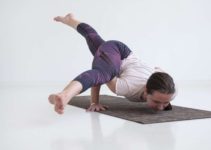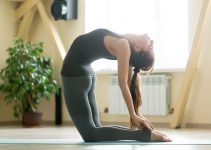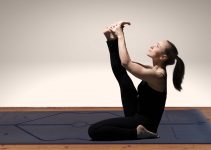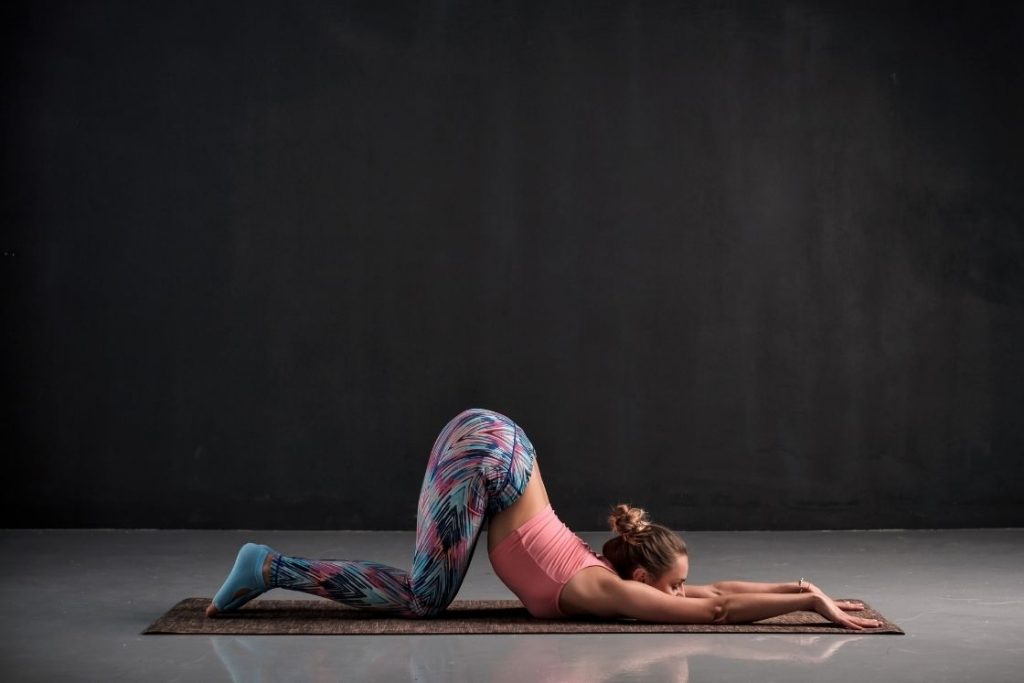
Uttana shishosana is a restorative posture that is a combination of adho mukha svanasana and balasana. This beginner-level posture has deep stretches, forward bend, and inversion in its final position.
It is performed by bringing the body on all fours and stretching the arms and upper back forward. This is followed by pushing glutes back simultaneously, providing a deep stretch to the entire spine.
The intense stretch in this pose targets relaxing back muscles and opening the heart. This releases the trapped stress and improves blood circulation as well.
Meaning
In Sanskrit, ‘uttana’ means’ ‘intense’ or ‘extended’, ‘shisho’ refers to ‘puppy’, and ‘asana’ is ‘pose.’ It is translated in English as extended puppy pose.
The stretched, yet relaxed body in this posture mimics a stretching puppy, hence the name.
The forward extended arms and backward pushed buttocks provide overall deep stretching to the muscles. The forward bend is achieved fully by melting the heart to the floor. Therefore, it’s also named as Melting Heart Pose or Anahatasana, as in Sanskrit, ‘anahata’ also refers to ‘heart’.
Uttana Shishosana Practice Guide
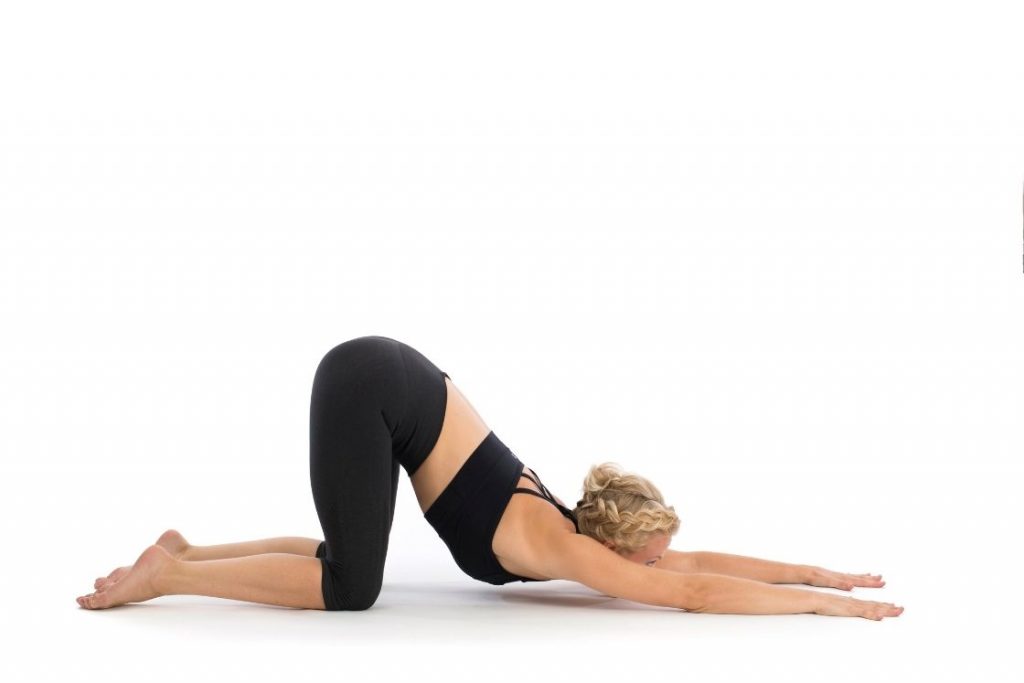
Precautions & Contraindications
- Do not practice uttana shishosana if you have an injured knee or leg.
- While practicing this pose, if you experience the pain in the shoulders, move your hands outwards while stretching.
- Gain some flexibility in the shoulders and arms before getting into Uttana Shishosana. As the stiffness in these regions might worsen the condition.
- Avoid it when you are suffering from severe lower back pain.
- Skip it during pregnancy.
Preparatory Poses
- Hero Pose (Virasana)
- Downward-Facing Dog (Adho Mukha Svanasana)
How to Do Uttana Shishosana (Steps)
- Begin with the table-top position. Adjust your wrist underneath the shoulder and the knees aligned under the hips.
- Inhale, walk your palms forward keeping the elbows stretched.
- Push your buttocks behind to stretch the lower back.
- As you exhale bring your forehead down to the floor pulling the upper back.
- Open your chest by drawing the shoulders out and keeping the elbows and armpits lifted.
- Hold the pose and keep breathing for3-5 minutes.
- To release, move back with your hands and bring your hips to the heels.
- Relax in child pose for a few breaths and then come up.
Beginner’s tips
Try to hold the pose at least for 3 minutes and increase the time gradually. Try to make the body still while holding the posture. This helps in making the most out of the pose.
Follow-up pose
Perform Balasana as relaxation pose after uttana shishosana.
Modifications & Props Use
- Blanket – Place a folded blanket under the knees while doing Uttana Shishosana. This will not pressurize the knees and allow the practitioner to hold the stretch longer.
- Block – You can place a block under your head. As you bend down to deepen the stretch you can rest your head above the block. Alternatively, you can place a block under each elbow. Then, take your hands behind your head bending the elbows, and join the palms.
- Chair – Keep a chair in front of you. After coming to the table-top pose, extend your hand, and place your elbows and head on the chair. Bend your elbows and stretch bringing your palms behind the head.
Variations
- Puppy Dog Pose On Elbows – After attaining Uttana Shishosana bring your elbows to the floor. Grab the elbows with alternative hands. Exhale pushing the chest to the floor and pushing the buttocks higher.
- Uttana Shishosana One Arm Folded – After stretching the arms from the table-top pose, draw the elbows to the ground. Bring the left hand over the right arm rotating the forearm at 90°. Now, rest your head over the left forearm. Repeat it switching the hands.
- Parivrtta Uttana Shishosana – Perform Uttana Shishosana, keep your left hand over the right. Bring your right elbow to the ground. Simultaneously, take your left elbow up, rotating the left shoulder and head. Bring your head between the arms. Then, repeat the same switching hands’ position.
Uttana Shishosana Benefits
1. Enhances flexibility
Uttana Shishosana is about pulling the upper body forward and pushing the lower back backward. This elongates the entire spine providing an intense stretch.
Besides the spine, the shoulders and hands muscles are also stretched with continuous breathing. It relaxes the arms and increases flexibility around the shoulders and hands.
This pose also increases the elasticity of the hips and hamstring muscles. Stretching the upper and lower body simultaneously, Uttana Shishosana is beneficial in improving overall posture.
2. Activates abdominal muscles
The core muscles are also stimulated while stretching the lower back. The abdomen remains pulled in and it massages the abdominal muscles leading to their activation.
3. Improves blood circulation
Uttana Shishosana is considered as a heart-opener because the chest expands while stretching the shoulders and back. With the inhalation, the heart lifts up and on exhalation, it melts to the floor.
This enhances the blood flow towards the shoulders, and chest by gently exercising the heart. This improves overall blood circulation.
4. Expands lung capacity
This posture involves opening the chest while stretching and bending the upper body. This expands the lungs and enhances the breathing capacity. It eventually improves the respiratory system.
5. Relieves stress
The upper body is inverted in this pose. This enhances the blood flow and oxygen to the brain. Furthermore, this soothes the mind and brings calm. This helps in alleviating mental stress and improving sleep patterns.
